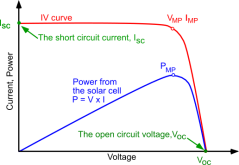May I suggest,
1) AFCI, so if poor contact begins arcing at ductwork joints, it turns off the circuit before igniting the walls? (Won't help in the case of just a dull red glow; needs the AC signature of an arc.)
2) GFIC, so if some poor soul has one hand on the faucet and uses the other to touch a vent, the circuit he completes is interrupted after a few milliseconds? What voltage, by the way?
We commonly have our water pipes, gas pipes, and earth ground tied together for electrical safety. Then we put a dielectric union between copper and steel water pipes to avoid corrosion, but we also electrically bond across the dielectric union for the previous electrical safety reason. I think it is supposed to still do some good if the path to electrolyte (water) between dissimilar metals is somewhat long.
Electrical bias of pipes or steel under ground is a technique used to prevent corrosion, with proper polarity and low voltage but sufficient current to reverse polarity created by electrochemical action. Simpler passive methods are also used (galvanization, sacrificial anodes on boats), but structures like bridges will have a voltage imposed.
Your charge controller might object to one of PV inputs being arbitrarily grounded, if your pipes are grounded. If they aren't grounded but charge controller (and perhaps inverter) ground negative in some way, then some one in the show standing on a grounded pan and touching shower head/faucet could be at risk. We'll keep an eye out for your obituary and epitaph.




